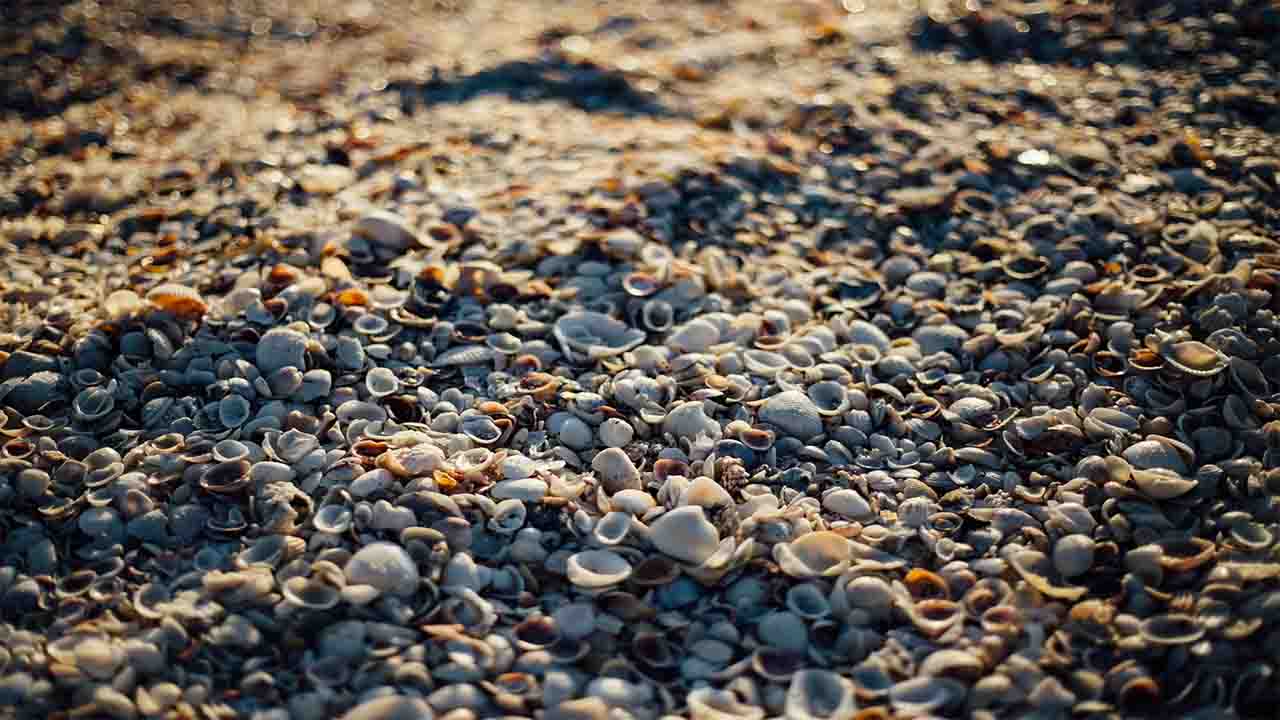Science & Technology, South Africa (Commonwealth Union) – The fascination with sea shells, those delicate treasures of the ocean, has transcended time and geography. Beyond their natural beauty, sea shells have played significant roles in various cultures across the world. These exquisite marine artifacts have been employed as symbols, utilized in art and craftsmanship, and have carried diverse cultural meanings throughout history.
Researchers point out that ancestral individuals of early human history gathered captivating shells that had a profound impact on our perceptions of ourselves and others. A recent study corroborates previously limited evidence and lends support to a multifaceted evolutionary narrative detailing the culturalization of the human body.
Conducted by Francesco d’Errico, Karen Loise van Niekerk, Lila Geis, and Christopher Stuart Henshilwood from the University of Bergen in Norway and the University of the Witwatersrand (Wits) in Johannesburg, South Africa, this groundbreaking study has recently appeared in the Journal of Human Evolution. Its findings are of great significance, shedding light on the origins of our modern human identities.
It was indicated by van Niekerk that the discovery of unaltered shells featuring natural perforations dating back 100,000 to 73,000 years ago confirms limited prior evidence that marine shells were collected, brought to specific locations, and conceivably even worn as personal adornments. This practice predated a phase in which shells from specific species were systematically and intentionally perforated using appropriate techniques to create composite beadwork.
These shells were uncovered in Blombos Cave, situated on the southern coast of South Africa. Similar shells have also been unearthed in North Africa, as well as other locations in South Africa and the Mediterranean Levant. This implies that the argument is substantiated by evidence from various sites, not solely relying on the discoveries at Blombos Cave.
In essence, the unperforated and naturally perforated shells serve as evidence that marine shells were gathered and potentially used as personal ornaments before the development of more sophisticated techniques for modifying these shells for the purpose of crafting beadwork, a transformation that took place approximately 70,000 years ago.
Van Niekerk further asserts that these shells are definitively not the remnants of edible shellfish species, which could have been collected and brought to the site for sustenance.
“We know this because they were already dead when collected, which we can see from the condition of most of the shells, as they are waterworn or have growths inside them, or have holes made by a natural predator or from abrasion from wave action.”
The scientists conducted a comprehensive examination that encompassed measuring both the dimensions of the shells and the perforations within them. They also scrutinized the signs of wear along the edges of the holes, which materialized as a result of these shells being threaded onto strings and worn by early humans. Additionally, they carefully assessed the origin of these shells within the archaeological site to determine if they could be grouped together, potentially forming parts of intricate beadwork items. These analytical methods collectively offer valuable insights into the possible symbolic utilization of these shells.
These findings signify the early indications of a potential evolution in the creation of human identity. Van Niekerk highlights their discovery of 18 previously undocumented marine snail shells, dating back from 100,000 to 70,000 years ago, which could have held symbolic significance. They present a multifaceted progression in the culturalization of the human body, rooted in the distant past.
“With this study we specifically show that humans gradually complexified practices of modifying their appearance and transformed themselves into tools for communication and storage of information. We also think we can possibly see a creation of identity that gradually but radically changed the way we look at ourselves and others, and the nature of our societies,” explained van Niekerk.








